This blog was originally published on October 24, 2016 and received an update on March 24, 2020.
As educators and advocates for literacy, our efforts focus primarily on the day-to-day school environment. But to inspire a love of reading and have a positive impact on the literacy skills of today’s students, there’s one crucial ally we need in our corner: families.
Now more than ever, as students are engaging in remote learning due to the spread of coronavirus (COVID-19), it’s important to ensure that parents and guardians are equipped with the tools to encourage and support reading at home.

We all know that more reading equals better readers. Students need to read widely and deeply—and become engaged with books from an early age—to develop strong literacy skills and a real desire to read.
And this begins at home.
According to the U.S. Department of Education’s America Reads Challenge (1999):
“If daily reading begins in infancy, by the time the child is 5 years old, he or she has been fed roughly 900 hours of brain food! Reduce that experience to just 30 minutes a week and the child’s hungry mind loses 770 hours of nursery rhymes, fairy tales, and stories. A kindergarten student who has not been read to could enter school with less than 60 hours of literacy nutrition. No teacher, no matter how talented, can make up for those lost hours of mental nourishment.”

Most parents aren’t teachers or literacy experts, and that’s okay. They’re probably overwhelmed right now and may require some guidance on your part, so make sure to keep the lines of communication open during this time of remote learning. Email with suggestions for activities like the ones we list below and schedule office hours for answering questions. (Find more tips for remote teaching here.)
Most importantly, remind them that literacy-rich activities can be simple and fun for the whole family. Here are some of our favorite ways for kids and parents to enjoy books, reading and literacy together.

1. Read together. Or separately. Really, just read!
Kids take their cues from what they see around them. Reading a favorite fairytale or picture book aloud at bedtime, for example, allows guardians to model fluency, expression, pronunciation and more—in the same way that teachers model these skills in the classroom. There are also plenty of authors and celebrities reading aloud online to promote literacy during COVID-19.
But children also benefit when they see the adults around them reading on their own. Whether a parent is engrossed in their favorite mystery series or reading the newspaper over breakfast on a Saturday morning, they are setting the example that reading is a natural—and valuable—part of everyday life.
2. Take advantage of the many literacy resources available.
There are an abundance of websites offering content from printable activity packs to reading games that can help guardians who aren’t sure how to talk about a book.
A good place to start is our Comprehensive Guide to Remote Teaching Resources for Educators at Every Grade, where we have compiled a list of the best resources being created and shared all over the country in the interest of maintaining learning while social distancing. We’ve been updating with new resources as we find them in an effort to make life easier for both educators and for parents and guardians at home!
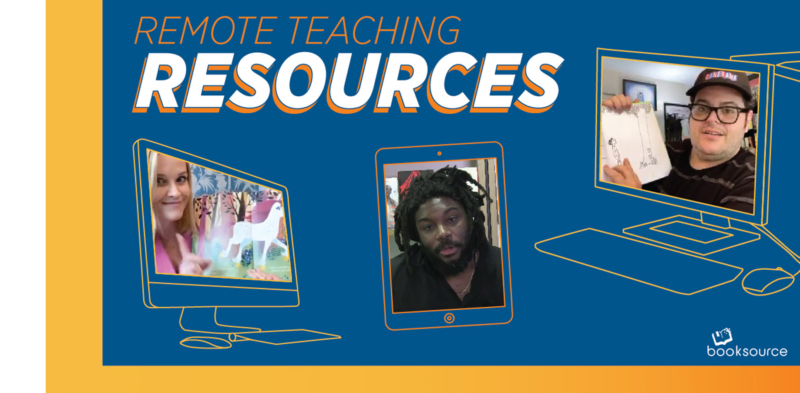
3. Start a family book club.
If a child has a book they’ve been wanting to read, why not read it together as a family?! Parents and guardians can take a page from the book clubs and literature circles that teachers use in the classroom and get an in-depth conversation going.
Be sure to choose a book that appeals to all readers—and can accommodate all reading levels—in the family. Mother-daughter book clubs (or mother-son, father-son, father-daughter, grandparent-grandchild book clubs … whatever family dynamic you prefer) are another neat way to share books and reading with the people closest to you.
4. Initiate dinner table discussions.
Parents don’t always need to read the same titles as their children to talk about books together. Over dinner, families can discuss what they’re currently reading, and ask some basic comprehension questions like:
“What is the main topic of the book?”
“Where is the story set? How do you know?”
“What do you think will happen next?”
“How does this book compare to another one you have read on this topic?”
Let the conversation flow naturally and be sure to share what you’re reading too.
5. Create non-traditional book reports together.
Encouraging kids to think critically is also the aim of book reports. But rather than simply taking pencil to paper, why not get a bit more creative?
Use items from around the house from mint tins to paper bags to pizza boxes to come up with a new way to share what they’ve learned. While you’re working, you can discuss the text and dive deep on characters and setting.
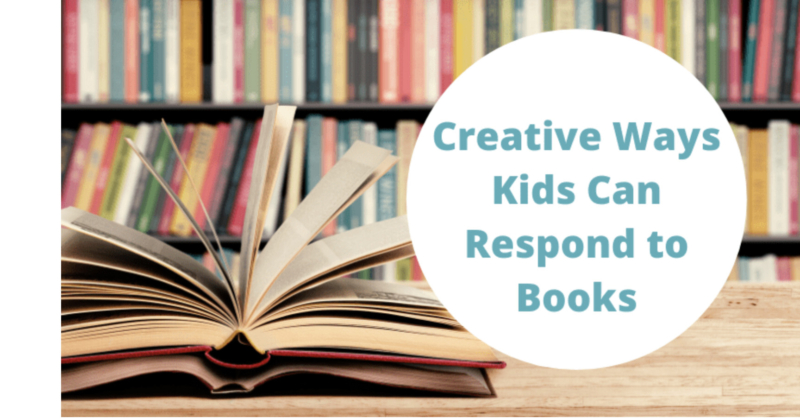
6. Explore print and language in the real world.
Words are everywhere—not just in books. Yes, children benefit when parents and other adults read to them on a regular basis, but there are many other language- and print-rich environments that can help families prioritize literacy from an early age. Tips you can share include:
Pull out a cookbook and show your toddler how you follow the steps to make a batch of cookies
Sing nursery rhymes and have lots of conversations (on any topic you like!) to help children build a rich vocabulary and strong oral language skills
Ask younger children to tell a story by drawing pictures and then “reading” their story to you
Play a board game like Scrabble with older children to practice reading skills, expand vocabulary and more
Listen to audio books together as a family
7. Develop 21st century literacy skills.
Today’s students need to be prepared to do more than just read; they need to know how to critically evaluate text and media in a wide variety of formats. Do kids realize that reading something online doesn’t necessarily make it true?
While teachers are spending more and more time integrating technology into the classroom and preparing students for a world that requires an increasingly broader set of literacy skills, it’s also up to parents and guardians to help children think deeply about the multimedia they consume. Tactics to try:
Talk about the apps that kids use and the video games they play. See if they can identify the subtle messages each piece of digital media conveys.
After watching a family movie, take the time to research a topic or theme from the film. Watch an online video or read a news article that offers more information. And then discuss how the varying pieces of media present the topic differently.
Do kids understand the subtle tactics advertisers use to influence customers? From TV commercials to cereal boxes, show them how marketing works—and how strong literacy and critical thinking skills can help you make informed decisions.
Whether you’re a teacher or guardian (or both!), there are so many easy—and fun—ways to help children develop the literacy skills that are crucial to a lifetime of reading and learning. What are you waiting for? With these ideas for family-friendly literacy activities, you can get started today!


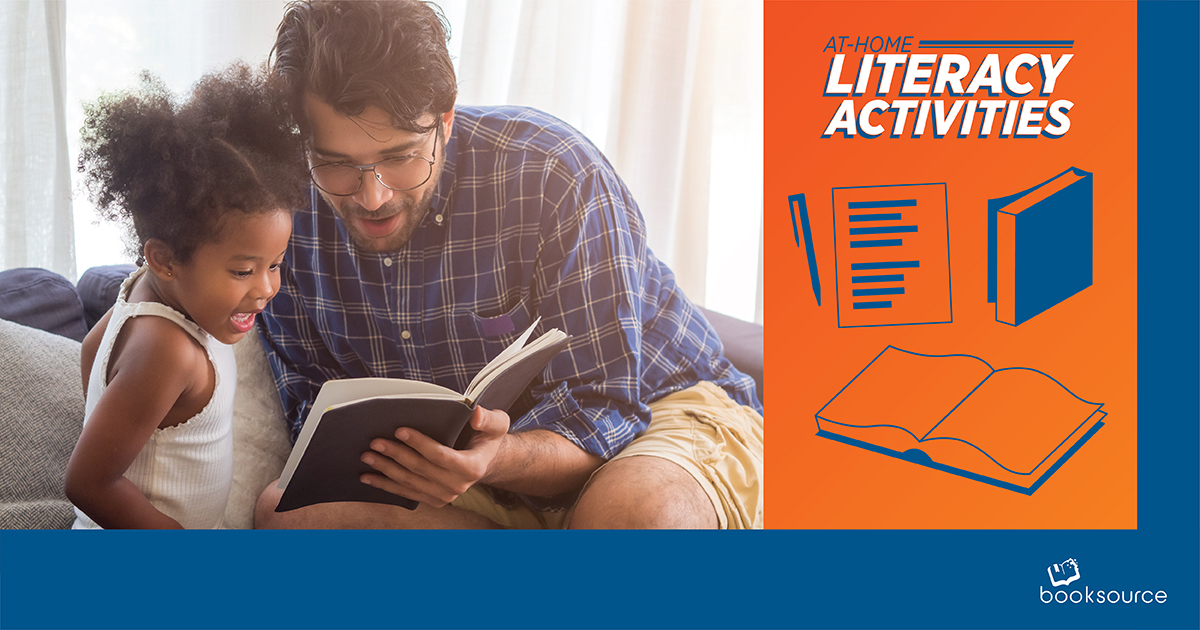

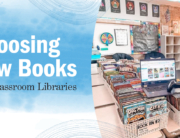

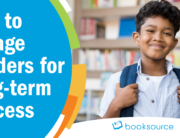

I am a Site Coordinator for a 21stCCLC After School Program. We are hosting a Family Literacy Night in April.
Would it be possible for me to make copies of this article to send home with parents?
Are there any restrictions in using this articles for non profit use?
Hi Tina,
Feel free to send this article home with parents. We’re glad you find it to be a helpful resource! – Your Booksource Team
[…] Next By Booksource|2020-03-25T10:54:05-05:00March 18th, 2020|Teacher Resources|1 […]
Super helpful! thank you for allowing us to share it too!
Glad you find it to be a valuable resource!
[…] And be sure to check out our recent list of 7 Family-Friendly Literacy Activities to Empower Families as Readers! […]
Great -thank you so much.our school are considering how to make partnerships with parents – and these items could form the menu of a set of meetings or a one night event.
I was able to find good advice from your blog posts.